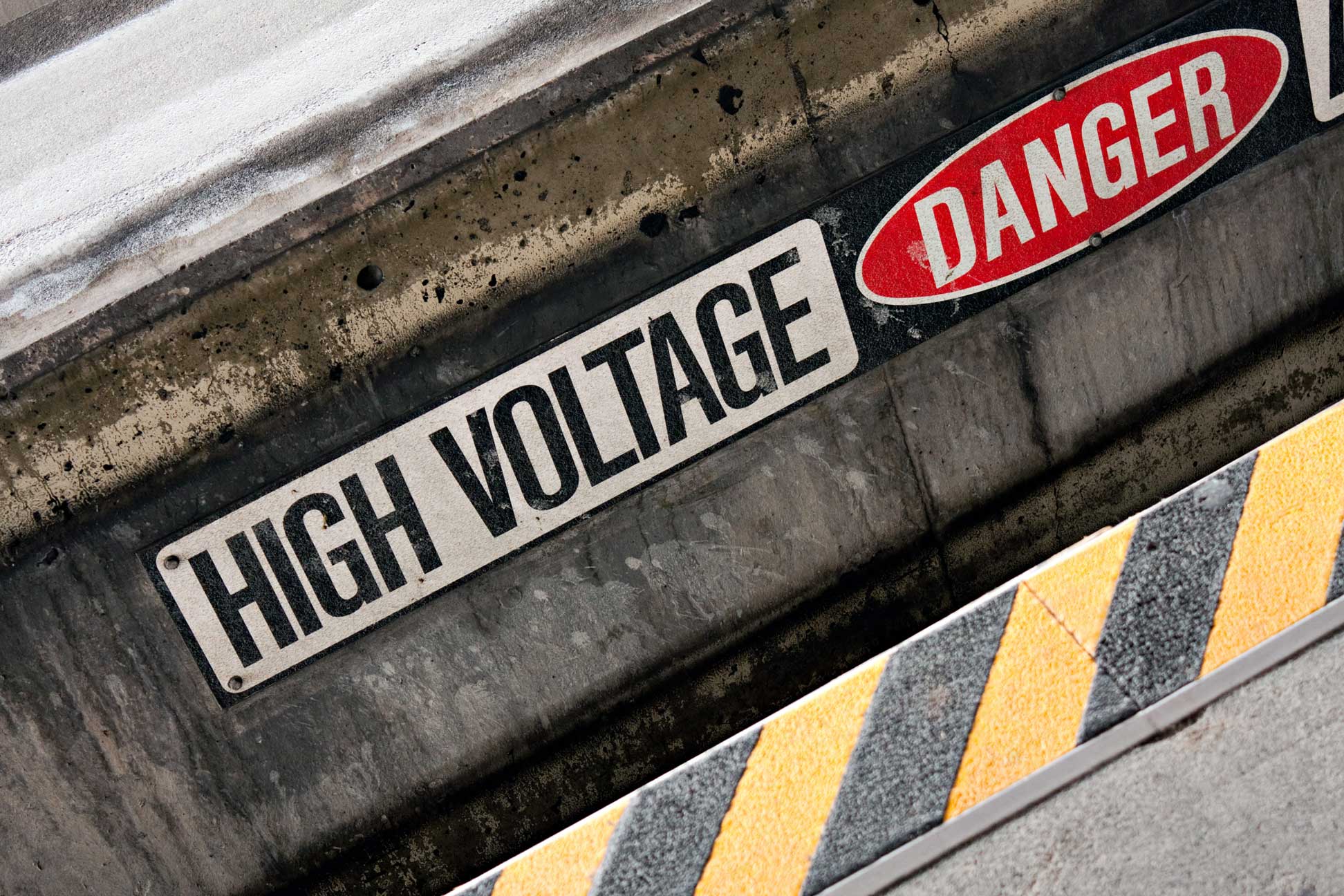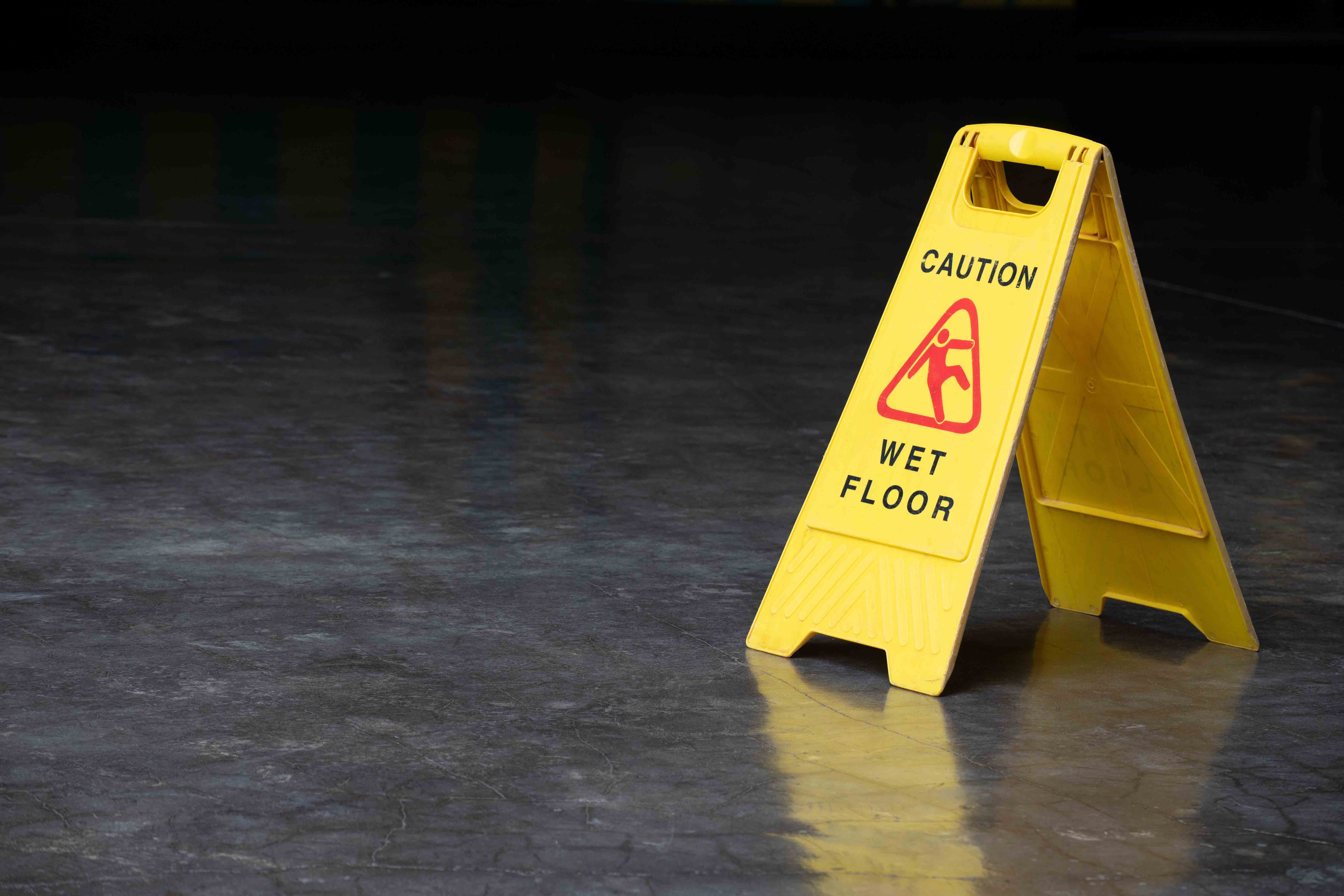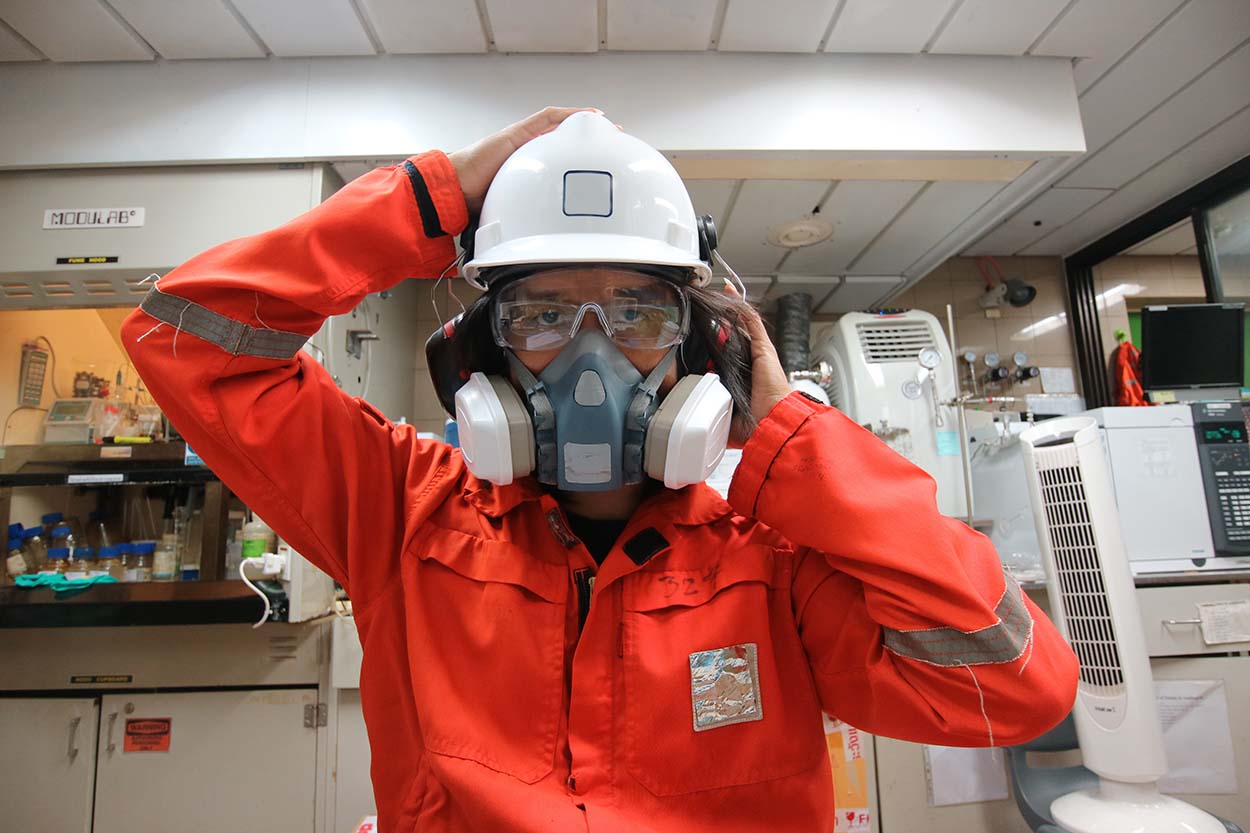KNOW SAFETY & HEALTH
Stay current on the latest environment, health and safety (EHS) news, OSHA regulatory changes, tips, resources and management best practices with Grainger KnowHow®.
![]() SAFETY
SAFETY
- Types of Moisture Meters 09/14/23
- Machine Guarding: OSHA Requirements 09/14/23
- Forklift Safety Training Guide 05/29/23
![]() ARTICLES
ARTICLES

Safety Management
How to Avoid 7 Common Electrical Hazards at Work
Workers are often unaware of the potential electrical hazards in their work environment, putting them at risk for electrocution. Learn how to avoid 7 common electrical hazards at work.
09/05/25















